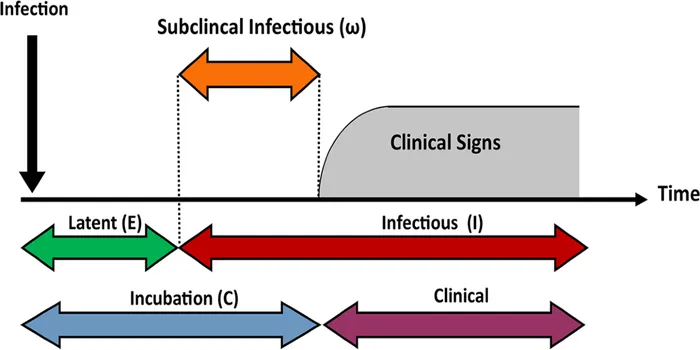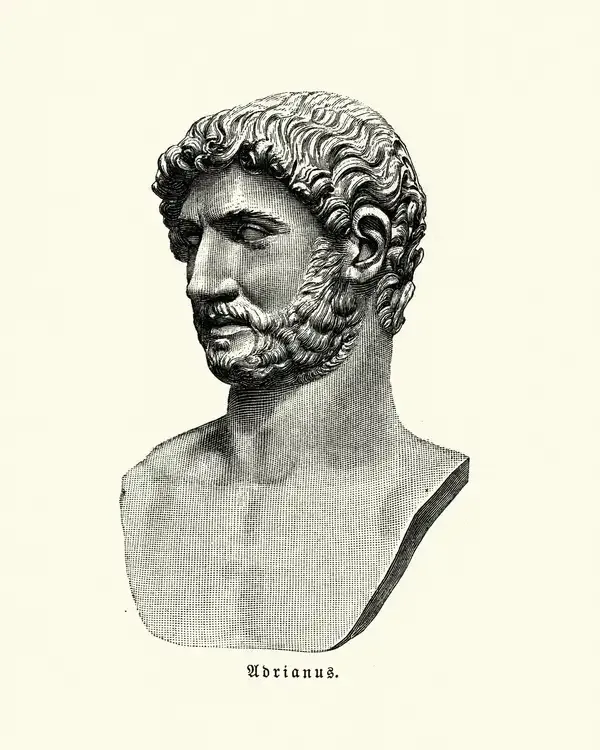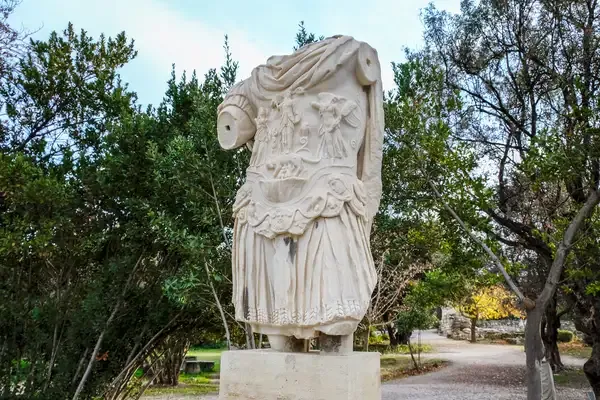What Led to France’s Reign of Terror?
The Reign of Terror in France emerged from the chaotic aftermath of the French Revolution, marked by political instability, economic turmoil, and external threats. Radical factions, particularly the Jacobins, sought to protect revolutionary ideals and eliminate perceived enemies. Fueled by paranoia and power struggles, revolutionary leaders like Robespierre implemented severe measures, including mass executions, to maintain control and suppress dissent. The period was characterized by widespread fear and violence, ultimately leading to the downfall of its architects.

The ''Reign of Terror'' was a tumultuous period during the French Revolution, lasting from September 1793 to July 1794. It was characterized by extreme political repression, widespread executions, and a fervent drive to eliminate perceived enemies of the revolution. Understanding the events that led to this drastic phase is crucial for grasping the complexities of the French Revolution itself.
Political Instability in France
The roots of the ''Reign of Terror'' can be traced back to the ''political instability'' that plagued France in the late 18th century. After the fall of the Bastille in 1789, the monarchy was significantly weakened, leading to a power vacuum. Various factions, including the Girondins and the Jacobins, began to vie for control, each presenting different visions for France's future. This infighting created a climate of distrust and uncertainty, which ultimately set the stage for the radical measures of the Terror.
The Role of the Jacobins
The Jacobins, a political group led by Maximilien Robespierre, emerged as a dominant force during the revolution. They advocated for a ''radical transformation'' of French society and were willing to use violent means to achieve their goals. The Jacobins believed that the revolution was under threat from both internal and external enemies, which justified their increasingly extreme actions. Their influence grew significantly in 1793, leading to the establishment of the ''Committee of Public Safety'', which was tasked with protecting the revolution.
External Threats and Wars
France faced numerous external threats during this period, including wars against Austria and Prussia. In April 1792, France declared war on Austria, fearing that monarchies across Europe would unite to crush the revolutionary ideals. The war did not go as planned, resulting in early defeats for the French army. The perceived need for a strong response to these external threats intensified the calls for ''repression'' and control within France.
Internal Dissent and Fear
As the war escalated, so did the fear of ''internal dissent''. The ''September Massacres'' in 1792, where thousands of prisoners were executed, reflected the paranoia that gripped the revolutionaries. The Jacobins viewed anyone who opposed their policies as a potential traitor. The growing influence of radical leaders like Robespierre exacerbated this fear, leading to a justification for extreme measures against suspected enemies of the state.
The Establishment of Revolutionary Tribunals
To deal with the perceived threat of counter-revolutionaries, the revolutionary government established ''Revolutionary Tribunals''. These courts were designed to expedite the trial process for suspects, often bypassing standard legal procedures. The result was a series of ''show trials'' where guilt was often assumed, and the death penalty became the common punishment. Between June 1793 and July 1794, approximately 16,000 people were executed, with many more imprisoned.
The Cult of Personality Around Robespierre
Maximilien Robespierre became synonymous with the ''Reign of Terror''. His fervent belief in virtue and the need for a "Republic of Virtue" led him to justify the use of terror as a means to achieve revolutionary goals. Robespierre argued that terror was necessary to protect the revolution from its enemies and to instill a sense of civic duty among the populace. This ideology contributed to the intensity of the ''Terror'', leading to widespread fear and oppression.
The Impact of Economic Hardships
Economic difficulties also played a significant role in the ''Reign of Terror''. Food shortages, inflation, and economic instability created widespread discontent among the populace. The revolutionary government struggled to address these issues, which fueled anger against perceived enemies, including the wealthy and those suspected of hoarding resources. The economic climate heightened the revolutionary fervor, making citizens more susceptible to the propaganda of radical factions.
Decline of the Terror
The ''Reign of Terror'' began to decline in mid-1794 as paranoia reached its peak. Robespierre’s increasing power and the execution of former allies, such as Georges Danton, alienated many. The ''Thermidorian Reaction'' on July 27, 1794, saw Robespierre arrested and executed the following day, effectively ending the Terror. This marked a significant turning point in the revolution, leading to a more moderate phase and the eventual establishment of the Directory.
Conclusion
The ''Reign of Terror'' was a complex interplay of political instability, external threats, and internal dissent, fueled by radical ideologies and economic hardship. Understanding these factors provides valuable insights into the dynamics of the French Revolution and the lengths to which people will go when driven by fear and ideology. The lessons learned from this period continue to resonate today, reminding us of the dangers of extremism and the fragility of democratic principles.
| Factors Leading to the Reign of Terror | Description |
|---|---|
| Political Instability | Power struggles between revolutionary factions |
| External Threats | Wars against Austria and Prussia |
| Internal Dissent | Fear of counter-revolutionaries and dissenters |
| Robespierre's Influence | Justification of terror as a means to protect the revolution |
| Economic Hardships | Food shortages and inflation fueling discontent |












